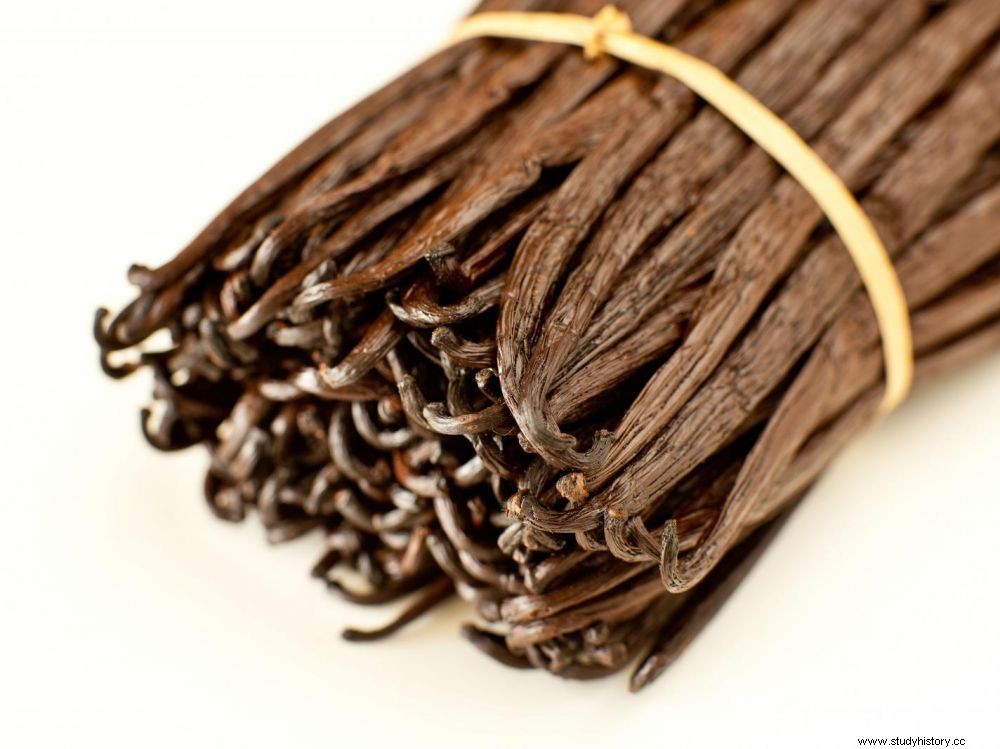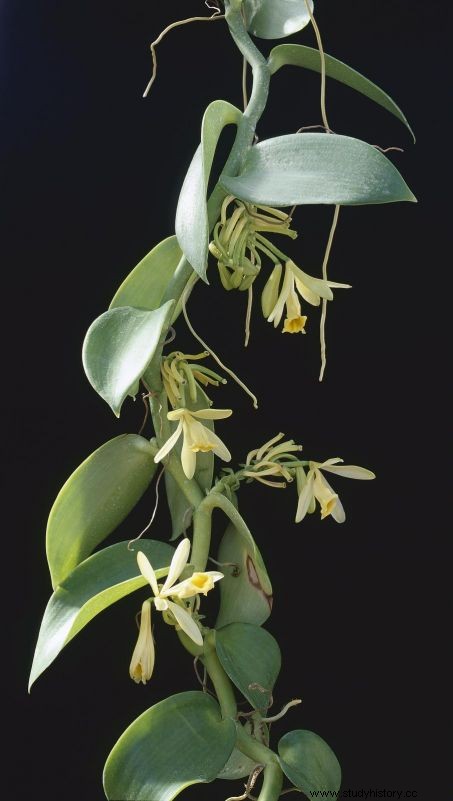Three 3,600-year-old jars containing traces of vanilla have been found in the ancient city of Meggido, Israel. A spice whose supposed origin was until then located on the American continent from where it would then have spread...

Vanilla beans.
A set of funerary jars, placed as an offering in a tomb discovered on the famous site of Meggido*, above the plain of Jezreel, the ancient plain of Esdraelon, in the north of Israel, has just delivered a very old secret. By analyzing the product residues they contained, archaeologists were surprised to find… traces of vanilla! While research has so far established the origin of this spice… in Mexico. "We did not expect such a discovery in the Levant 3600 years ago!", comments the director of the site Israel Finkelstein, archaeologist from the University of Tel Aviv, joined by Sciences et Avenir. Something to rewrite the history of this spice.

Aerial view of the Meggido site in northern Israel. © Meggido Archaeological Mission
It was in 2016 that Israeli archaeologists unearthed this important burial of a high-ranking family (grave 50) in the extraordinary city of Meggido (6 hectares) occupied for nearly 7000 years. Where the Book of Revelation in the Bible places Armageddon, the battle of the end times. Inside a vaulted burial chamber dated to 1600 BCE, nine people lay, including three individuals surrounded by precious adornments - including a gold torc - and this set of jars.

Jars from "Tomb 50" in which traces of vanilla were discovered. © Melissa Cradic / Meggido
Analyzes carried out by chromatography and mass spectrometry on this pottery made it possible to detect, in addition to traces of olive oil, the presence of vanillin and 4-hydroxybenzaldehyde, two of the main chemical components of vanilla. Which calls into question the history of this plant whose archaeobotanists (who are interested in the remains of plant origin) located until then the origin in the Americas, the Spaniards being considered as their importers in the ancient world more to the great discoveries of the 16 th century. Vanilla is indeed a pod produced by a tropical creeper orchid, of which there are a hundred species around the world. Outside the Americas, it is now likely that people were able to extract these aromatic substances from other species a few centuries earlier.

Vanilla creeper. © Viard M./ Horizon Features/ Leemage /AFP
This is what Vanessa Linarès, an archaeologist at the University of Tel Aviv (Israel) suggests, who presented her hypothesis at the meeting of the American Schools of Oriental Research (ASOR) in Denver, Colorado on November 12, 2018. She suggests that three species of vanilla could have been the source of the one detected in Megiddo:"one from East Africa (V. polylepsis Summerh ), the other from India (V. albidia Blume )and the third in Southeast Asia (V.undiflora JJ Sm )" . According to the specialist, a variety of this spice - or even vanillin-scented oils - may have reached Meggido via caravans, trade routes and long-distance exchanges having existed many centuries before the flooding of the country. region the Assyrians, or the Persians. "In the Middle East, Bronze Age people had much more contact with distant destinations than previously thought “says the archaeologist. Probably via Mesopotamia. A very precious vanilla, as evidenced by this discovery in a tomb of the Canaanite elite, where it may have been used for ritual or conservation purposes.
*The site of Meggido has been continuously occupied since the 6th millennium BC. J.-C until its total abandonment under the Persians, in the 5th century BC
